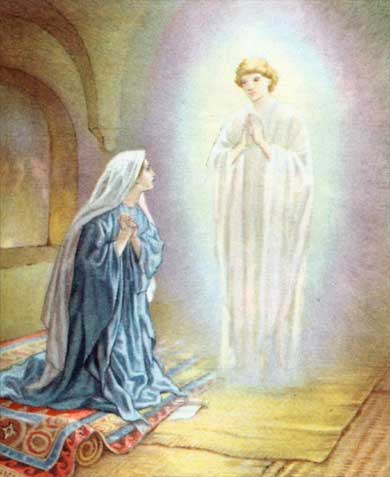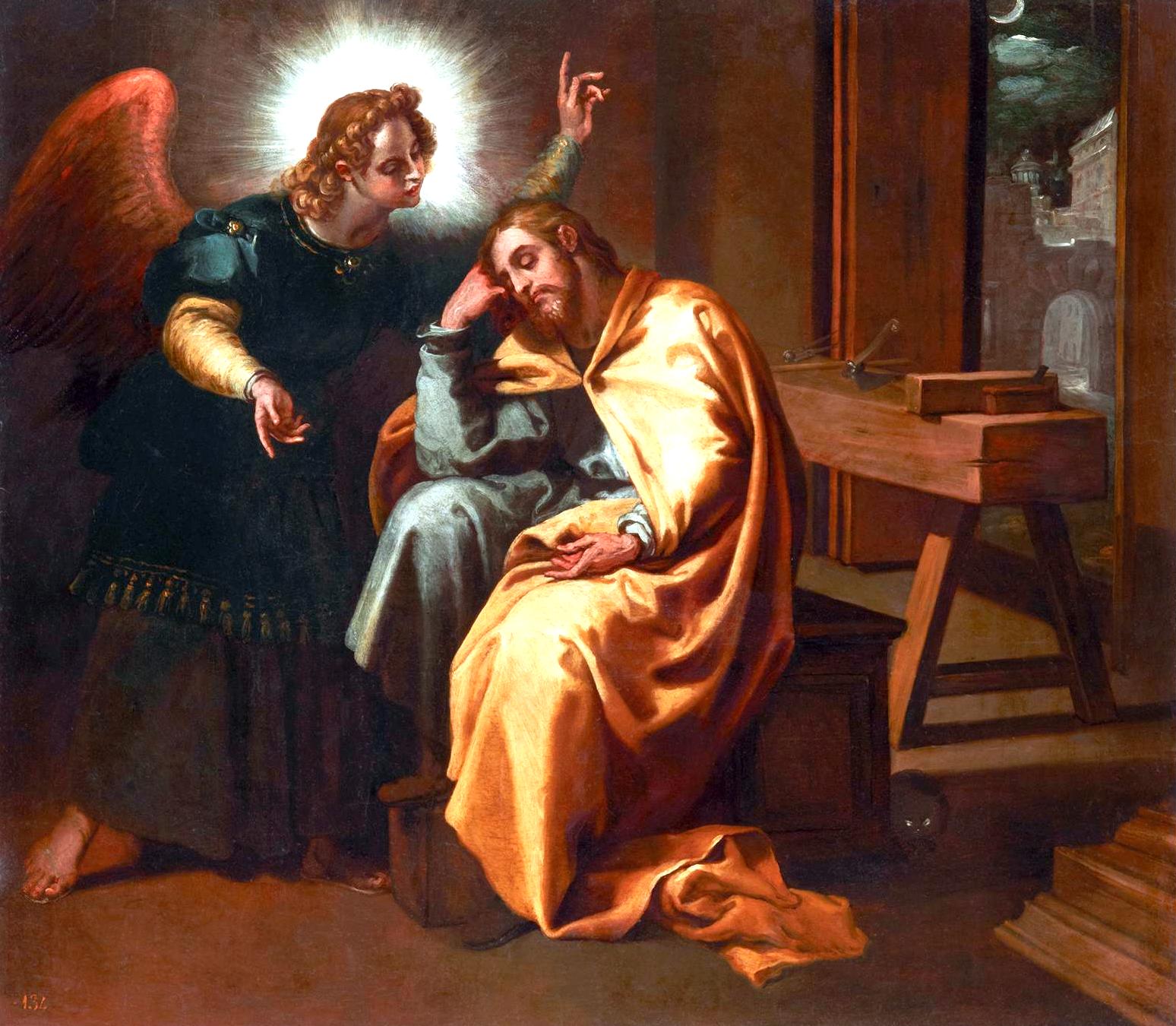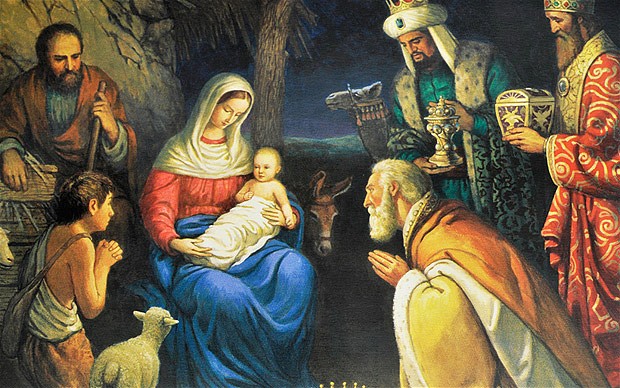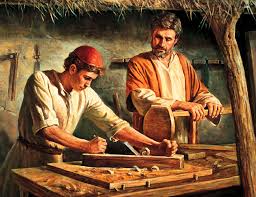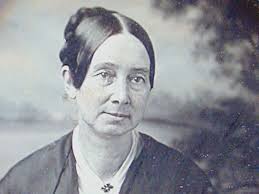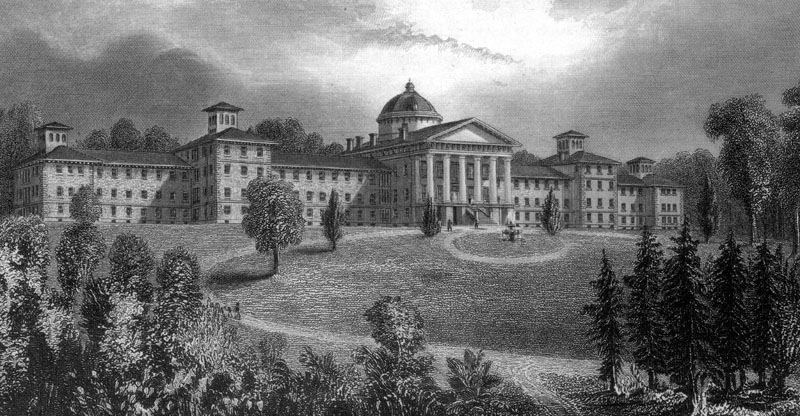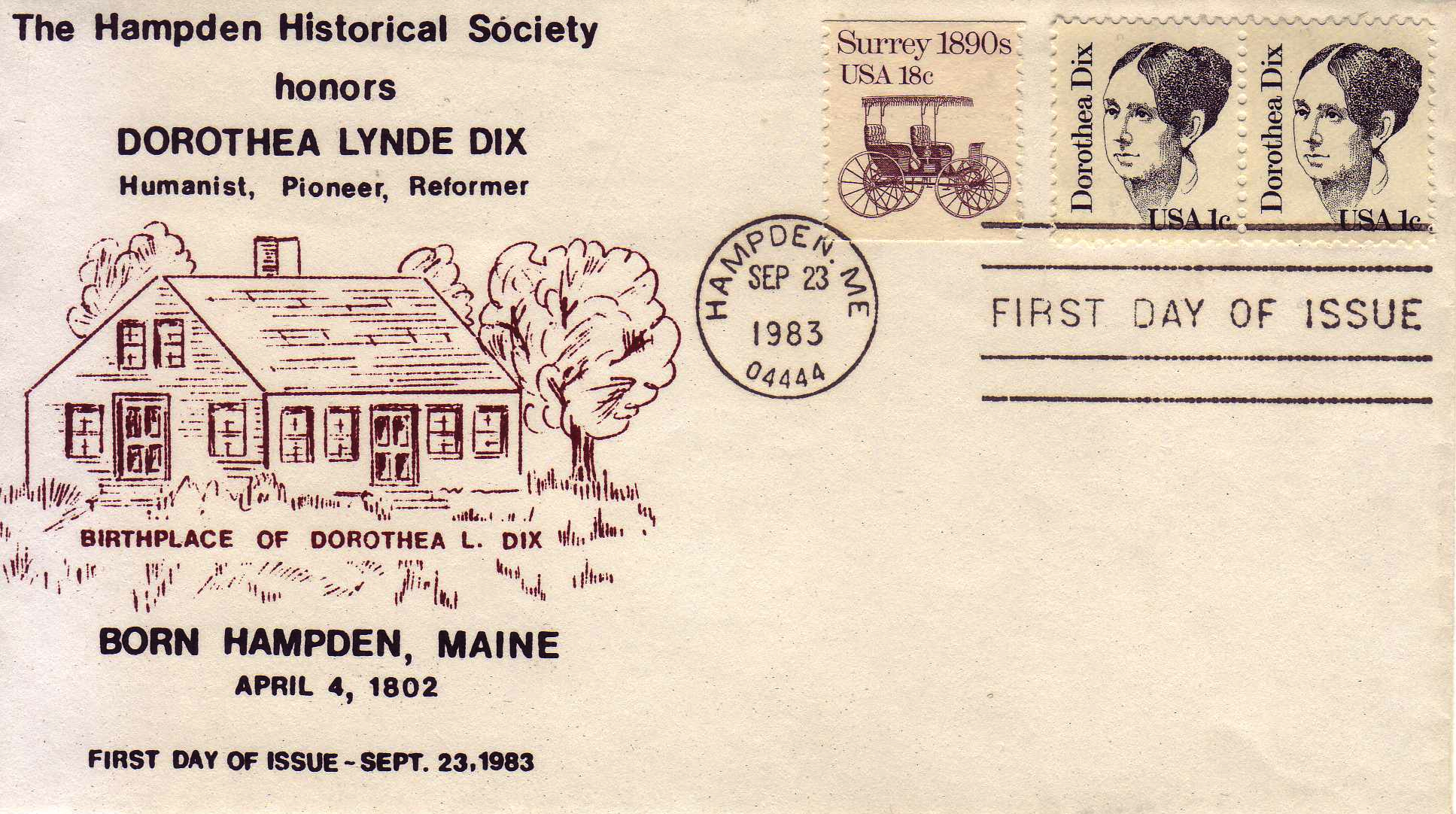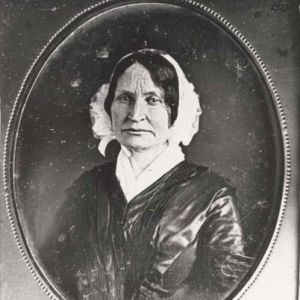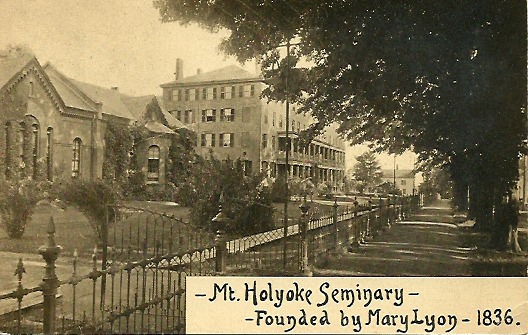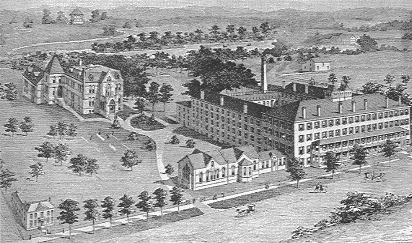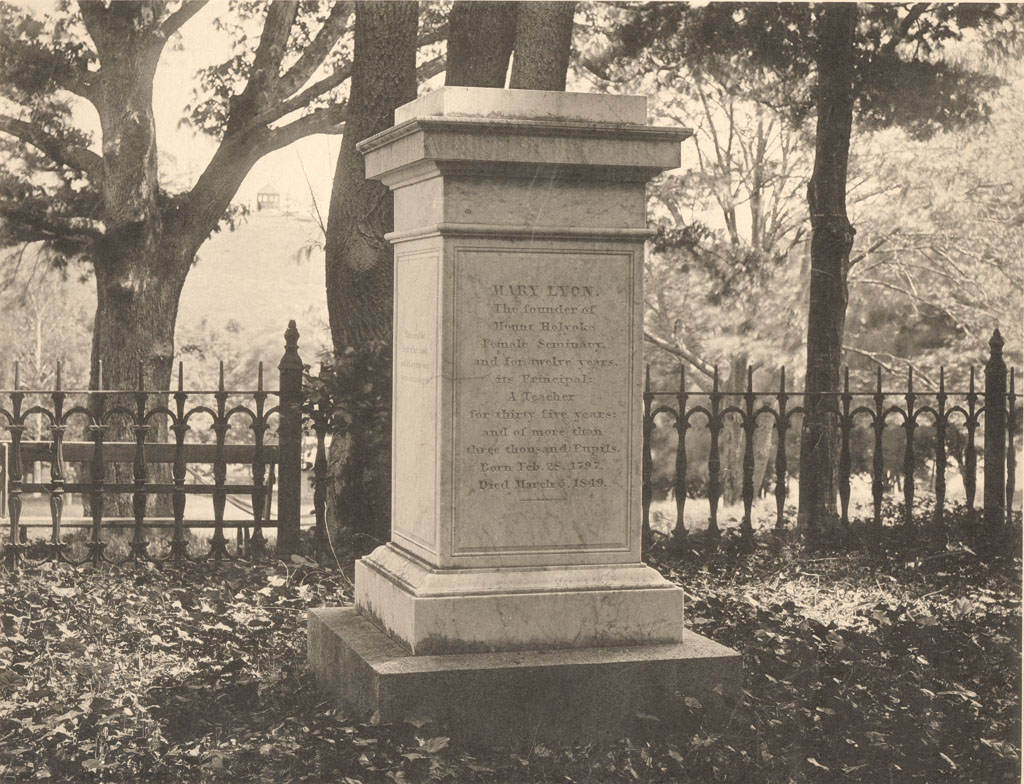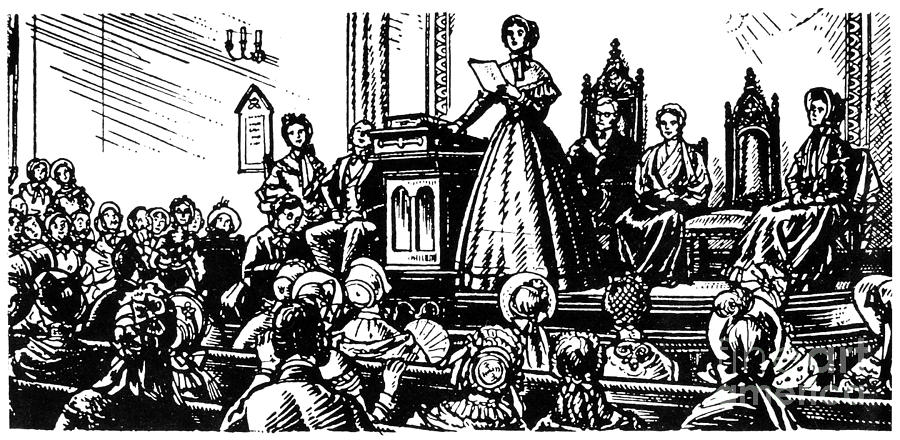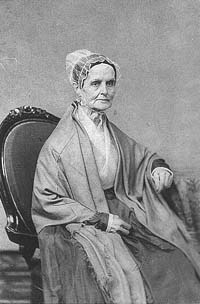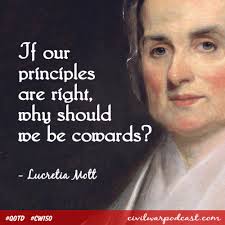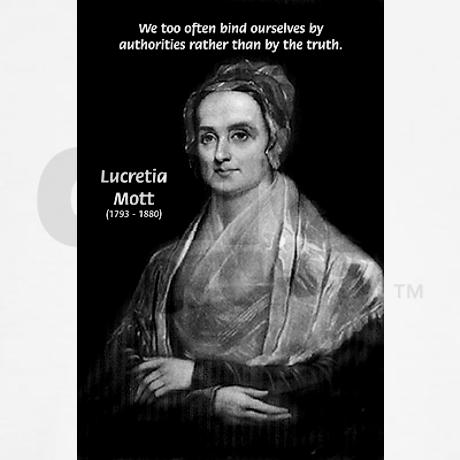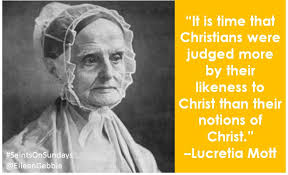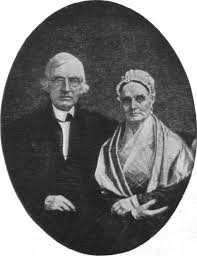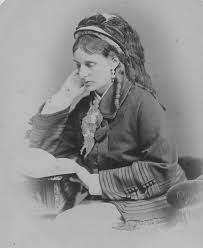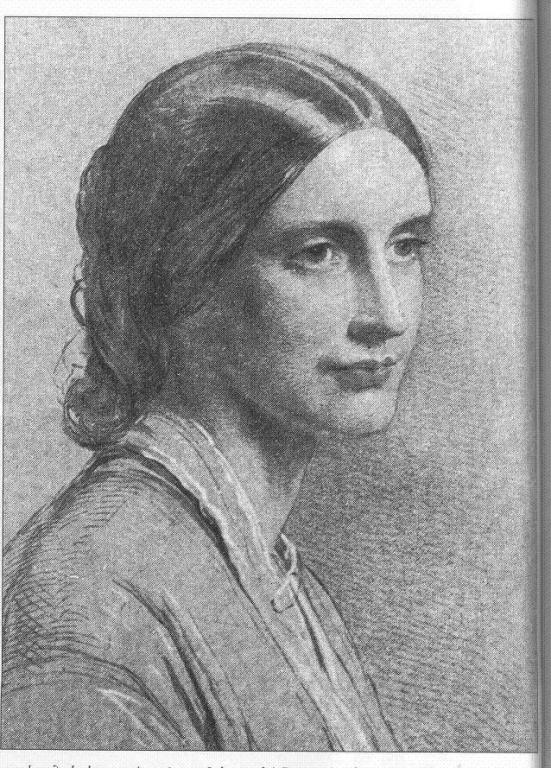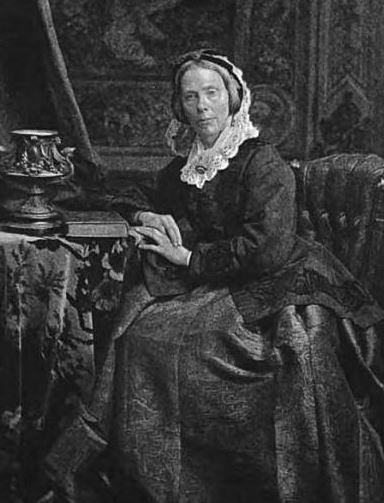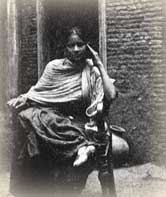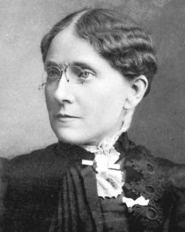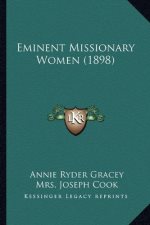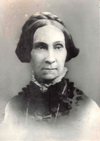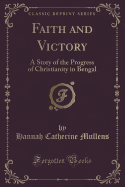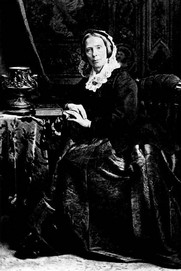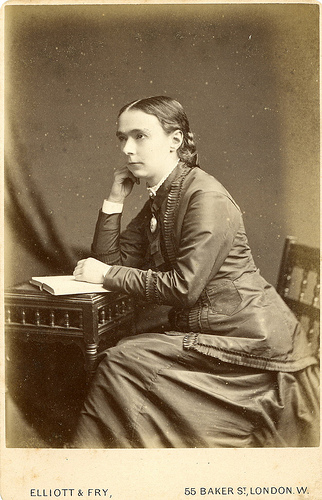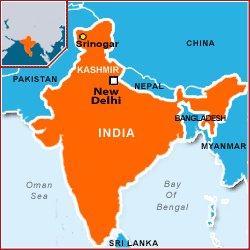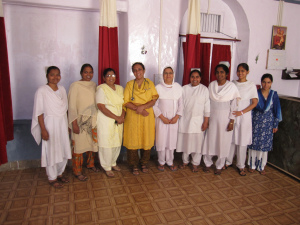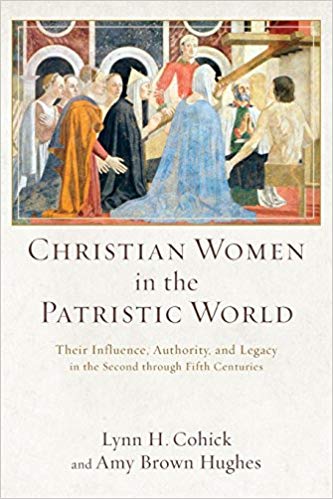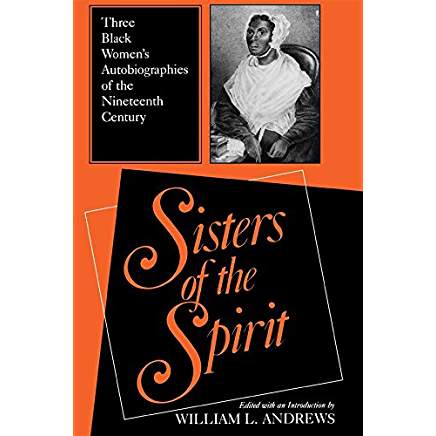He has told you, O man, what is good; and what does the Lord require of you but to do justice, to love kindness, and to walk humbly with your God? (Micah 6:8)
This is the time that we pause and reflect on the old year and make our resolutions for the new year. My Pro-life friends and I have resolved to redouble our efforts to make this a better world for those who are unjustly oppressed and no one is more egregiously oppressed than helpless unborn babies.
have resolved to redouble our efforts to make this a better world for those who are unjustly oppressed and no one is more egregiously oppressed than helpless unborn babies.
We have been mortified that so many tiny human beings, made in the image of God, are treated as if they don’t have any value. Let us work hard to end the slaughter.
For many years now women of courage such as Lila Rose, Abby Johnson, and Marjorie Dannenfelser have fought to protect life each on a different front of the battle for life.
They have reported many exciting accomplishments in 2015 and my prayer is that Pro-life men and women will build on that in 2016. Here are some of the top stories of 2015:
Lila Rose – Live Action News:
 One of the most important things that occurred in 2015 was the exposure of Planned Parenthood as an organization whose main purpose is to profit from the killing of the unborn. Americans are so outraged that there was even legislation passed in both houses of Congress to stop funding this abortion giant.
One of the most important things that occurred in 2015 was the exposure of Planned Parenthood as an organization whose main purpose is to profit from the killing of the unborn. Americans are so outraged that there was even legislation passed in both houses of Congress to stop funding this abortion giant.
Here is a summary of an article explaining why American opinion is changing and there is hope to finally end the killing of the unborn.
From an article on their website – liveactionnews.org – December 26, 2015:
“5 terrible things Americans learned about Planned Parenthood in 2015” –
- Planned Parenthood, who receives $1.5 million PER DAY, wants abortion to be plentiful. Their slogan of “safe, legal, and rare” is a sham.
- Planned Parenthood knows that abortion takes the life of a baby. Vice President of of Planned Parenthood, Dr. Savita Ginde said on tape, “It’s a baby.”

- Planned Parenthood actually does abort babies who could survive outside the womb. Live Action News investigated PP’s own clinic websites and found at least 6 PP clinics that do in fact perform abortions after viability (the time when a baby could survive on its own outside the womb). Cecile Richards, president of Planned Parenthood flat out lied when she said, “We don’t provide abortions after, um, viability.”
- Planned Parenthood has been harvesting baby body parts and organs. 2015 brought one of the strongest modern indictments against Planned Parenthood and the abortion industry: the undercover work of The Center for Medical Progress. CMP’s string of stunning videos showed PP executive after PP executive haggling, negotiating, and laughing over the body parts of aborted babies. Here is just one quote from Dr. Savita Ginde, “We’re doing procedures at 17 weeks, so we have fairly large identifiable parts. … And we’re planning on going to from 18 to 20 weeks by the end of the year.”
- Planned Parenthood lies. And lies. And lies and lies and lies. In one single interview given by Cecile Richards eleven bold-faced lies were told. Just one example will suffice: Planned Parenthood tells women that the baby does not have a heartbeat until around 17 weeks of pregnancy. Actually the baby’s heart can be heard beating by three weeks after conception.
Lila Rose and Live Action plan to “keep educating America on the truth that Planned Parenthood fails to tell: every single baby is a precious human being, deserving of a chance at life.” Please join her organization and help her.
Abby Johnson – And Then There Were None:
Another champion of life for babies is Abby Johnson. Abby thought that she was helping women when she went to work at a Planned Parenthood clinic as a young woman. Everything changed when she actually witnessed an abortion in 2009. She watched in horror as a 13-week baby fought, and ultimately lost, its life at the hand of the abortionist. Now Abby travels around the globe to share her story and to expose Planned Parenthood. She has started a ministry, And Then There Were None, to help abortion workers get out of the abortion clinics. To this date Abby has helped nearly 200 workers leave the abortion industry.
Planned Parenthood clinic as a young woman. Everything changed when she actually witnessed an abortion in 2009. She watched in horror as a 13-week baby fought, and ultimately lost, its life at the hand of the abortionist. Now Abby travels around the globe to share her story and to expose Planned Parenthood. She has started a ministry, And Then There Were None, to help abortion workers get out of the abortion clinics. To this date Abby has helped nearly 200 workers leave the abortion industry.
Recently in an article in LifeSiteNews.com, Abby had this good news to share for 2015:
“6% of abortion workers have left industry in last four years – nearly 200 people”
Abby reported: 197 people have left the industry through its outreach and education efforts.
Now, says Abby, “the majority of workers come to us because they have heard about our ministry from sidewalk advocates. We owe much of our success to those who go to the clinics to spread a message of hope to all who enter the facility.”
“We have found that most of the workers contact us because there has been a moment of clarity for them in regards to the humanity of the unborn. It may be something in their own personal lives, like the birth of a baby or a miscarriage. More often, it involves a child who was killed by abortion.”
While thousands of people still work in the shrinking abortion industry, Abby says her group is making a difference. “We estimate that there are approximately 3200 individuals who work in abortion facilities. We have been able to assist more than 6% of the industry’s workers in their conversion. That 6% has the power to turn the abortion industry upside down.”
“Also, out of the 197 workers who have left, 6 of them are abortionists who permanently put down their life destroying instruments and now fight to save lives! We firmly believe that our vision is a key component in ending the culture of death. If we can make the abortion industry so unattractive to health care providers, they will be forced to close because of limited or no staff. We have already seen that happen in multiple locations because of the workers who have come through ATTWN.”
In addition to helping people leave the abortion industry, ATTWN helps former workers find new jobs. “For those who are licensed healthcare providers, such as doctors, nurses, medical assistants, they will almost always stay in the medical field,” she explains. “Some of the workers who have come through our ministry now work in prolife pregnancy centers or medical clinics. It is such a beautiful vision of transformation and redemption.” This is wonderful news! Please join Abby and help in this effort.
We praise God for Abby and pray that many more workers will quit their jobs in abortion clinics. This ultimately cuts down on the number of deaths of unborn babies.
Marjorie Dannenfelser – Susan B. Anthony List
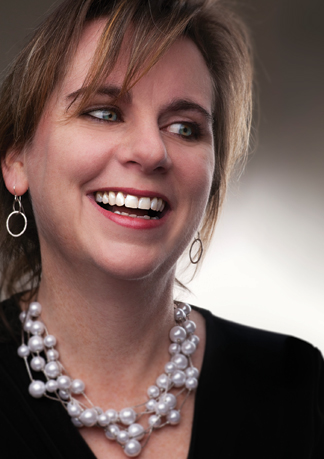 A true soldier of Christ on the legislative front of the battle is Marjorie Dannenfelser. While Lila is busy exposing the Planned Parenthood groups for the frauds that they are, and Abby is helping abortion workers to leave the clinics, Marjorie is battling to get people put into office who can help change the laws that are allowing the baby killing to go on or in passing legislation that will end the holocaust.
A true soldier of Christ on the legislative front of the battle is Marjorie Dannenfelser. While Lila is busy exposing the Planned Parenthood groups for the frauds that they are, and Abby is helping abortion workers to leave the clinics, Marjorie is battling to get people put into office who can help change the laws that are allowing the baby killing to go on or in passing legislation that will end the holocaust.
Marjorie’s good news for 2015 is that many groups have put before Congress a bill to defund Planned Parenthood. This bill has passed both houses, but of course the paid puppet of Planned Parenthood, Barack Obama, is expected to veto it. Please be in prayer this year that sane and compassionate voices will override the president’s veto.
My New Year’s resolution is to be even more supportive of these three women and their organizations. Lila Rose and Live Action News are leading the charge into the abortion industry itself reporting on what is really going on. The truth about the abortion industry is being exposed; Americans are waking up; babies’ lives are being saved. Abby Johnson with her organization, And Then There Were None, is compassionately working with abortion workers bringing them truth and healing. Many are turning around and joining the fight to protect the unborn. Marjorie Dannenfelser with the Susan B. Anthony List is working tirelessly to get people elected who will change the laws that are promoting the killing of the unborn. Part of my resolution is to pray for these women more constantly. The other part is to send them a donation.
I pray the many others will do the same. Consider making this one of your New Year’s resolutions too! May this be a Happy and Safe Year for the unborn!
